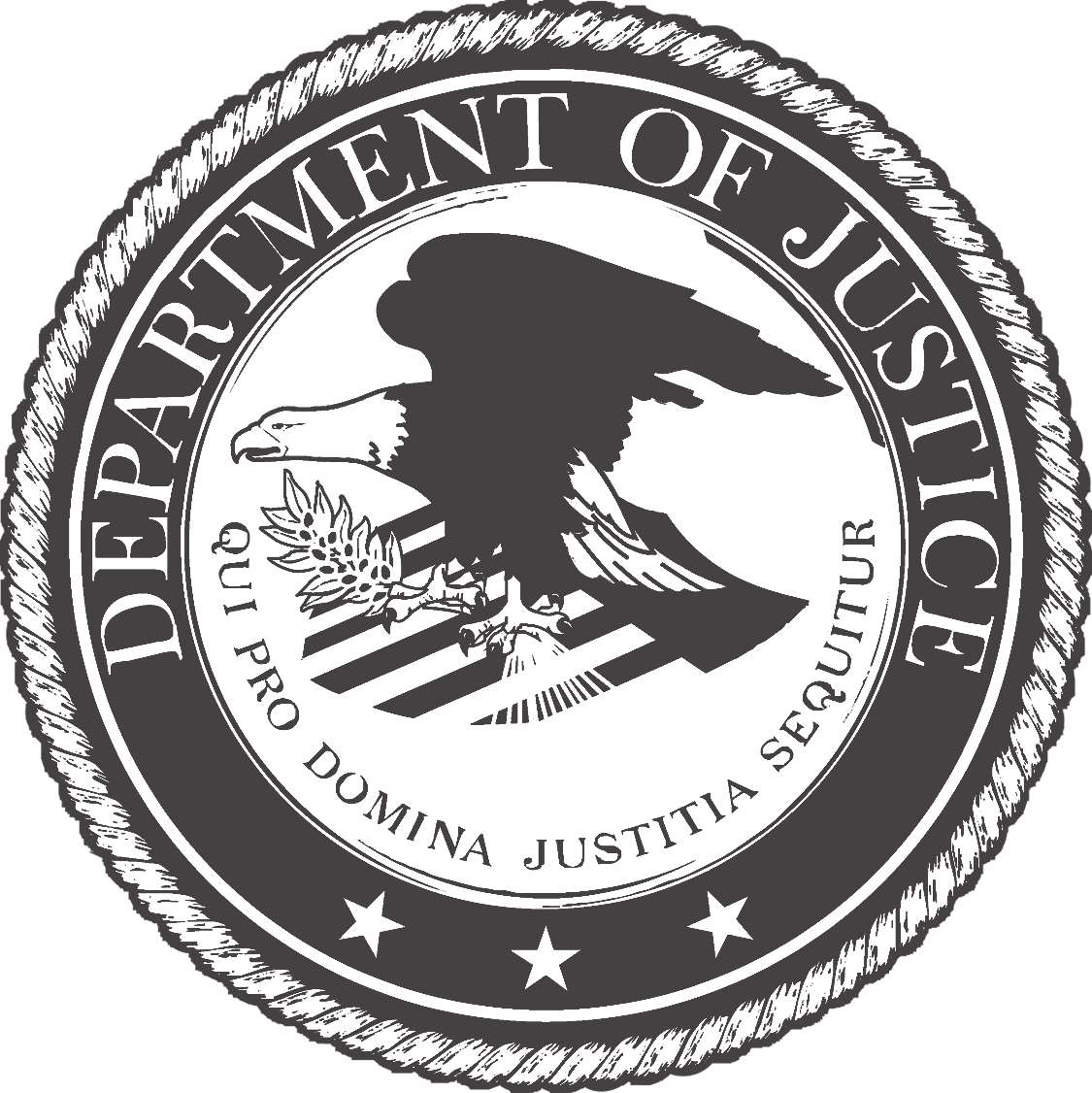Bureau Of Justice Assistance STOP School Violence Program

Key Dates
Issue Date: January 15, 2025
Deadline(s): Grants.gov Deadline March 27, 2025, 11:59 pm Eastern | Application JustGrants Deadline April 3, 2025, 8:59 pm Eastern
Links:
Eligible Applicants
Eligible Applicants
Category 1: States
Category 2: Localities, Nonprofits, and School Districts
Program Summary:
This funding opportunity aims to support school safety by implementing solutions to enhance school climate, establish school-based behavioral threat assessment and intervention teams to identify violence risks, introduce technologies like anonymous reporting tools, and apply other evidence-based strategies to prevent violence. The goal is to improve school safety by providing students, teachers, and staff with the tools they need to recognize, respond quickly to, and prevent acts of violence.
Proposals may include one or more of the following deliverable areas:
1. Develop and operate technology solutions such as anonymous reporting systems (ARS) for threats of school violence, including mobile telephone applications, hotlines, websites, or other school safety technology solutions.
2. Develop and implement multidisciplinary behavioral threat assessment (BTA) and/or intervention teams.
3. Train school personnel and educate students on preventing school violence, including strategies to improve school climate.
4.Provide specialized training for law enforcement who work in schools and/or with school-age populations such as school resource officers (SROs) and probation officers.
5. Hire school support personnel such as climate specialists, school psychologists, school social workers, school-based violence interrupters, and others directly supporting the prevention of school violence.
6. Implement community violence intervention strategies in a school setting.
7. Implement simulation-based experiential learning.
8. Partner with local law enforcement to create a “handle with care” program for students.
9. Support school-based diagnostic mental health services or school-based mental health treatment services.
Total Amount To Be Awarded Under This Funding Opportunity:
$83,000,000
Anticipated Award Ceiling:
Category 1: Up to $2,000,000
Category 2: Up to $1,000,000
Anticipated Period of Performance Duration: 36 months
